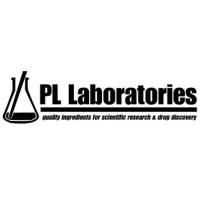Fluorescence Recovery After Photobleaching (FRAP) to Study Nuclear Protein Dynamics in Living Cells
互联网
互联网
相关产品推荐

NRF1/nuclear respiratory factor 1 单克隆抗体 66832-1-Ig
¥1350

Coronavirus Nucleocapsid重组蛋白|Recombinant SARS-CoV-2 Nucleocapsid-AVI&His recombinant Protein,Biotinylated
¥4520

Phospho-FRAP1/mTOR (Ser2481) Antibody
¥2400

噻唑蓝四唑蓝,298-93-1,Membrane-permeable yellow dye that is reduced by mitochondrial reductases in living cells to form the dark blue product, MTT-formazan.,阿拉丁
¥895.90

MKN45人低分化胃癌细胞|MKN45细胞(Human Poorly Differentiated Gastric Cancer Cells)
¥1500
相关问答

